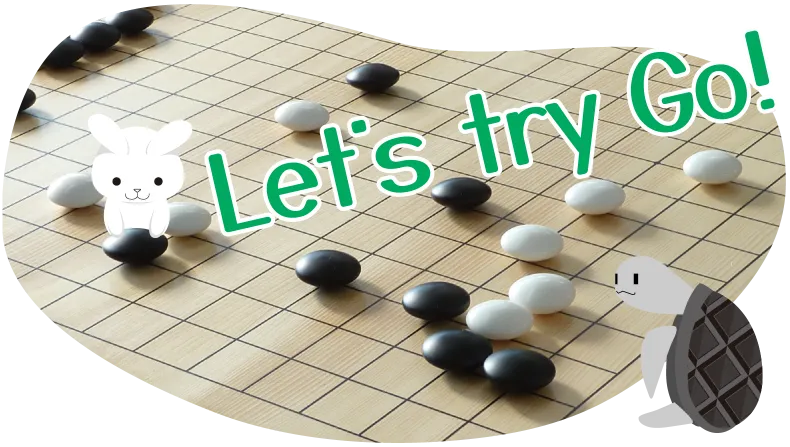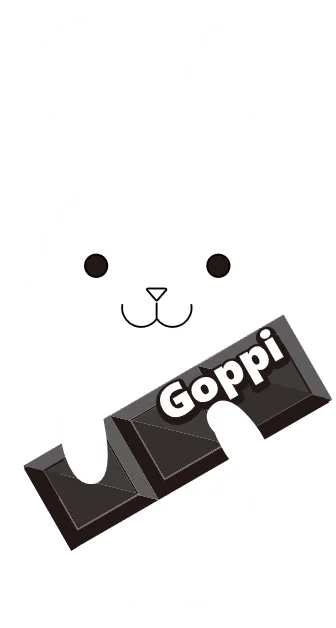Flexible thinking shapes the future.
BlockGo®
Improve strategic thinking skills in young children.
Game Commentary
- Game 1 Let's increase your own
territory.
- Game 2 Encircle your opponent's
blocks.
- Game 3 Is your territory really
large?
- Game 4 Should the players create
territories in the corners?
- Game 5 What if you charge into
your opponent's territory?
Petapyon
Four-year-olds learn numbers while having fun.
A game in which a rabbit and a tortoise compete for territory.
A game in which a rabbit and a tortoise compete for territory.
Go Promotion Activities Association
Hugely effective for young children!
What is the appeal of Go education?
What is the appeal of Go education?

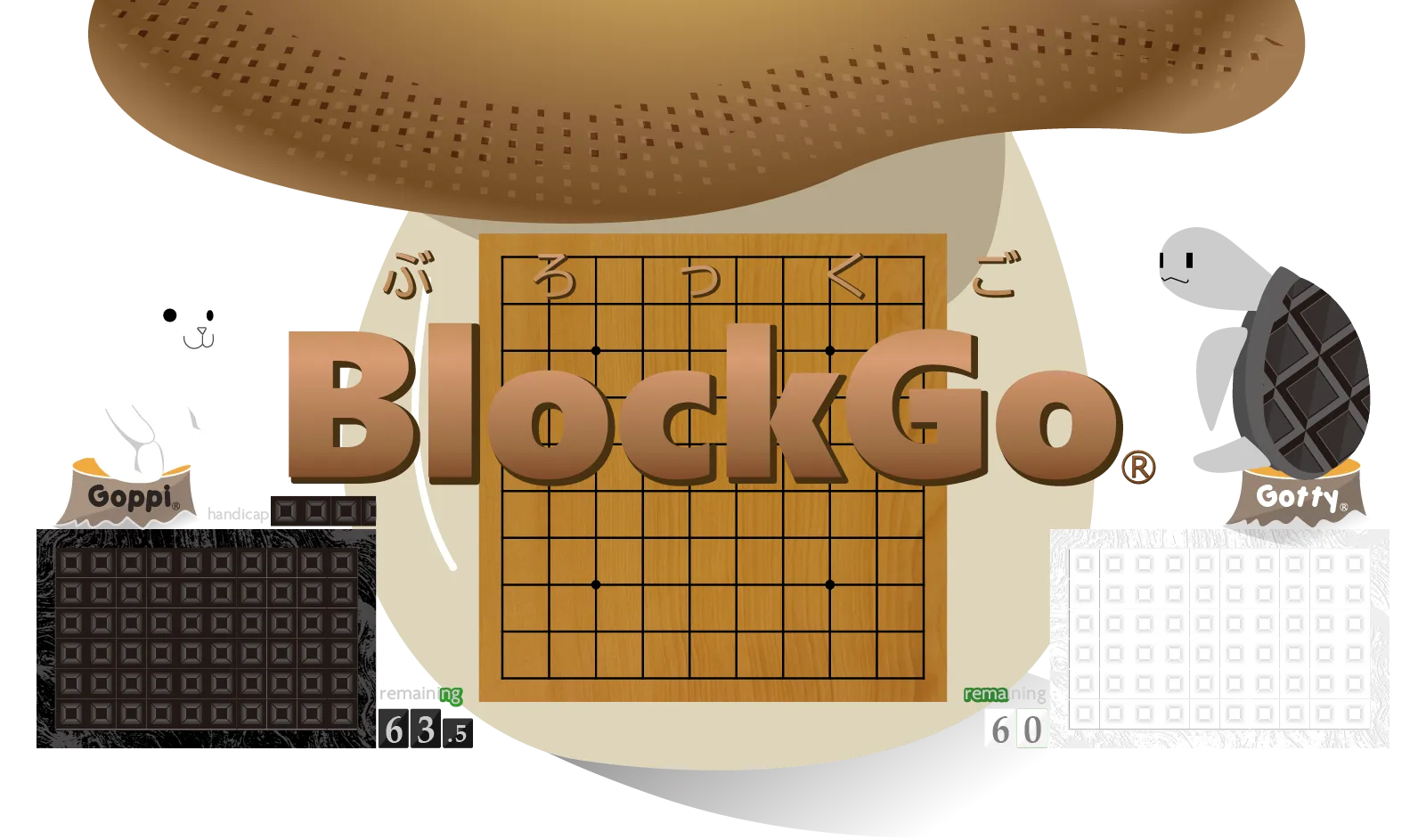
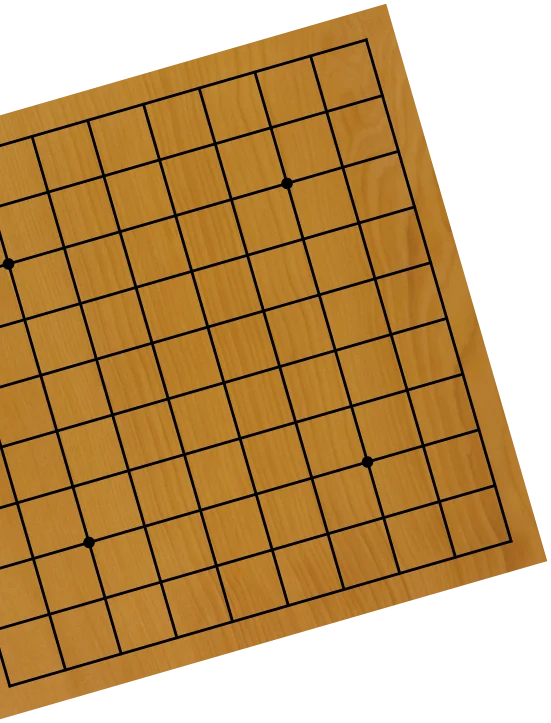
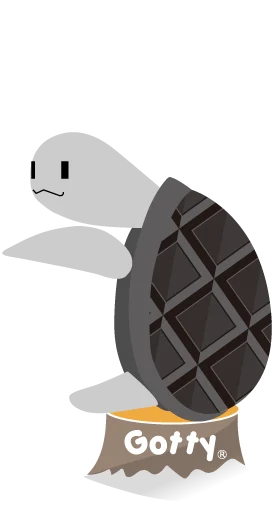
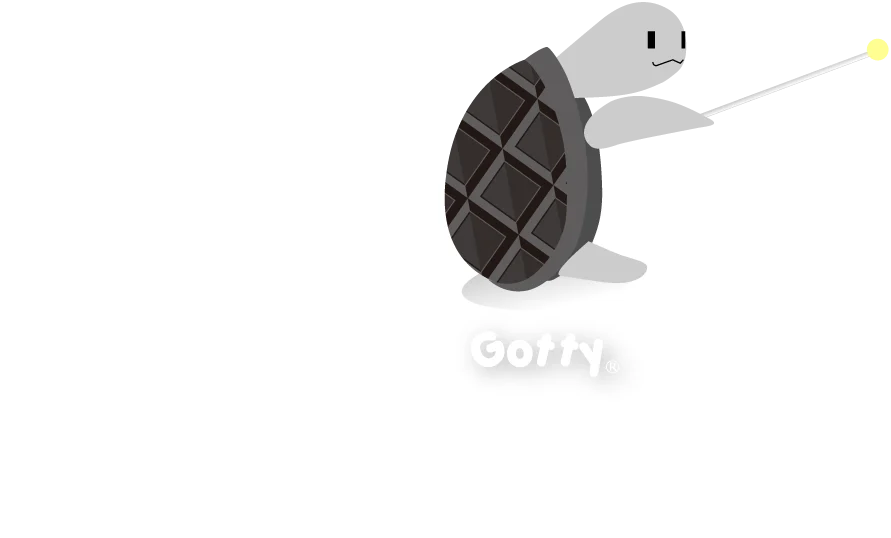
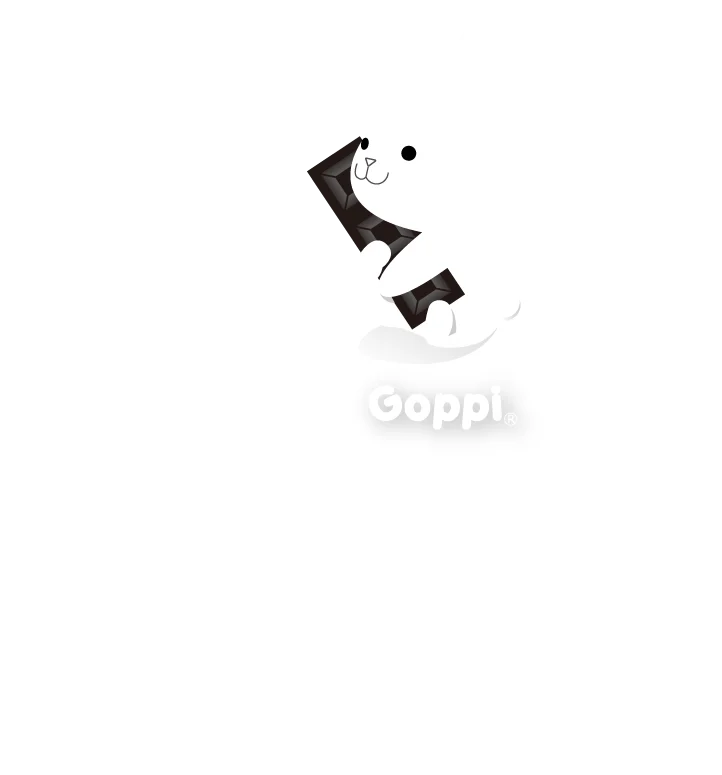






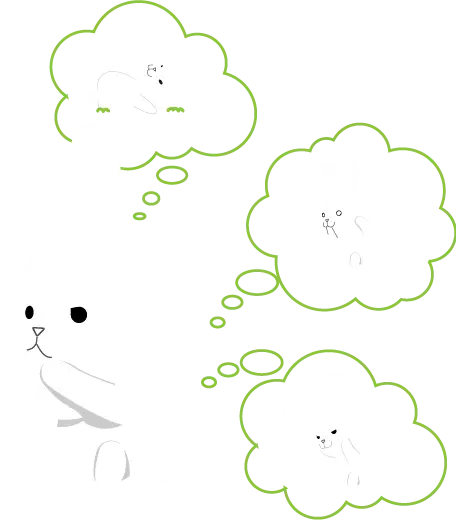




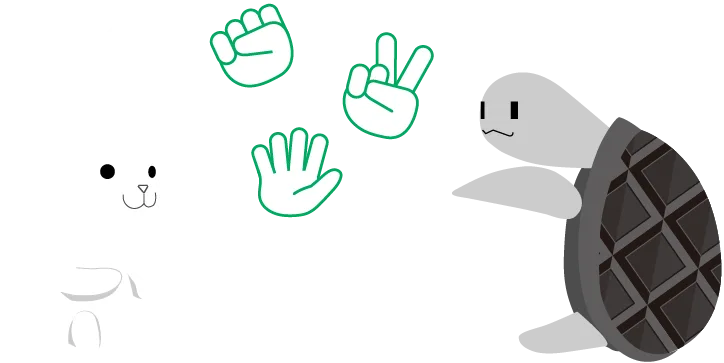


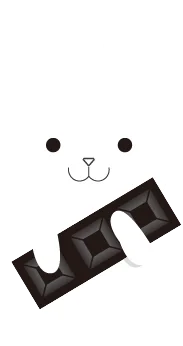

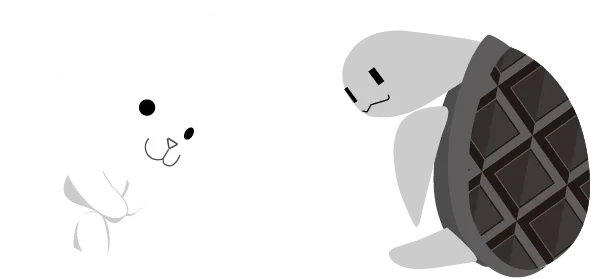
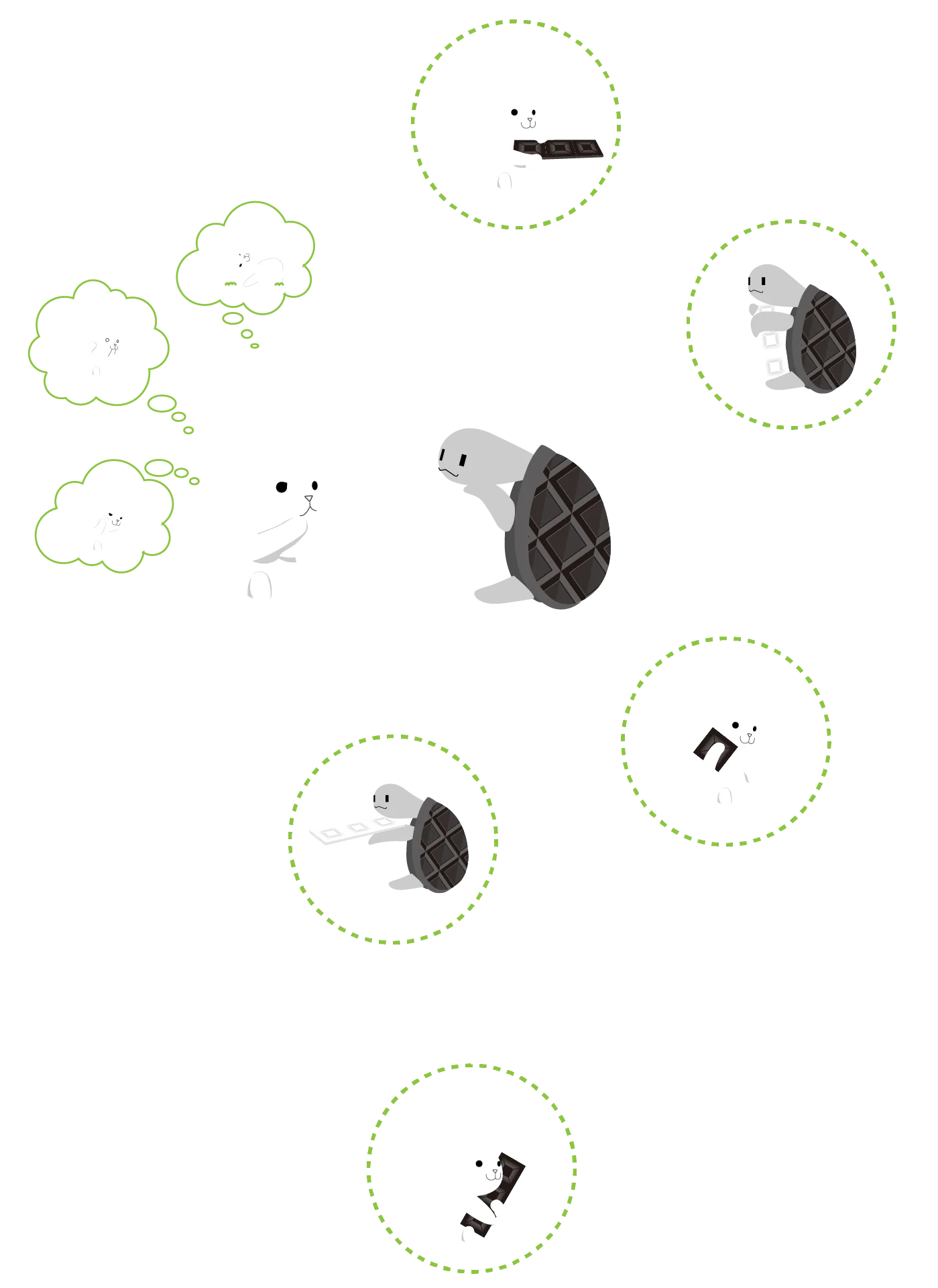
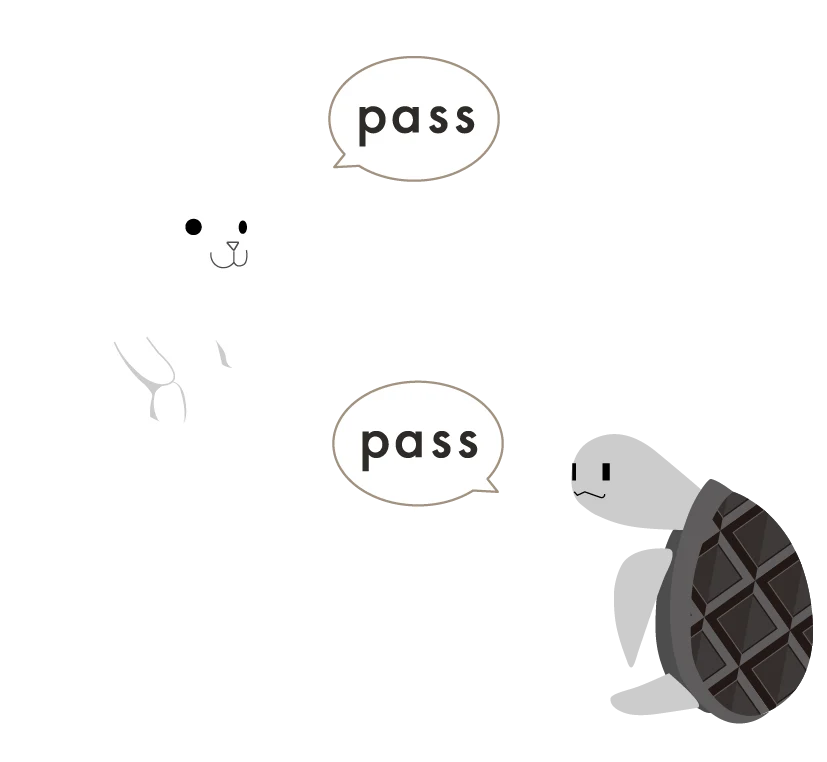
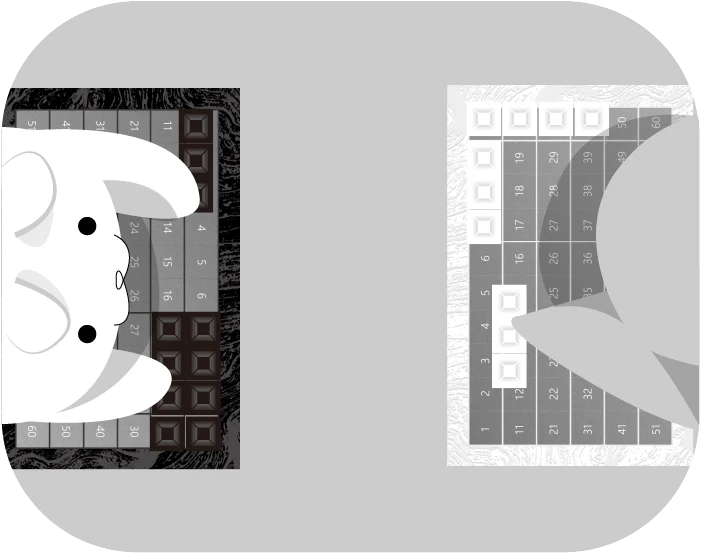

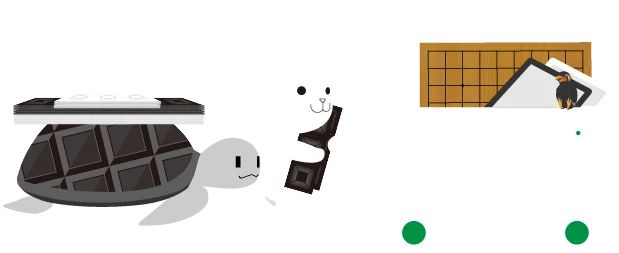







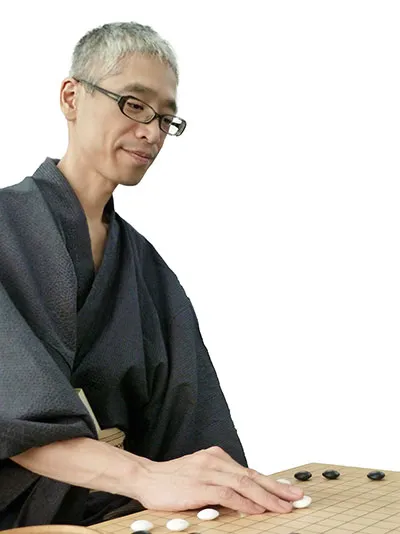 What is the value of knowing BlockGo?
What is the value of knowing BlockGo?